Creeping Horror (1933-1946)
Four Hollywood B Movie horrors from the 1930s and 1940s on Eureka Entertainment Blu-ray...
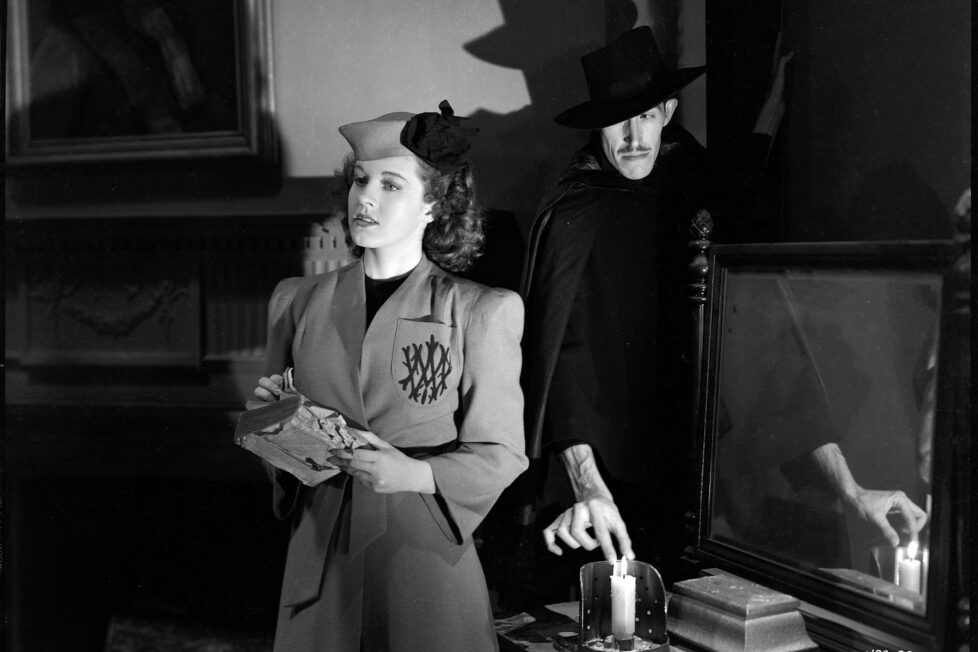
Four Hollywood B Movie horrors from the 1930s and 1940s on Eureka Entertainment Blu-ray...


Unlike Eureka’s previous Universal Terror and Early Universal sets, this latest compilation also includes a non-Universal title, as the earliest of the four was actually a Paramount production, presumably sold to Universal along with a large part of their archive. More interesting, though, is the date range the Creeping Horror collection spans. The two at the extremes—Murders in the Zoo (1933) and House of Horrors (1946)—are easily the best of the movies, but in such different ways.
In the 1933 production, we can clearly see how the physically-oriented acting of the just-ended silent era was still favoured; we also get a flavour of that brief period between the arrival of sound and the enforcement (starting in 1934) of the Hays Code. The blatant double entendre in Murders in the Zoo about a snake in a man’s trousers wouldn’t have been tolerated after that, and while the Code itself achieved little direct impact on horror, it encouraged local censors to draw stricter lines. An early scene in the same film contains, by far, the most genuinely horrifying thing in all these movies and would’ve been shocking in the later 1930s or 1940s. Murders in the Zoo was even banned in several countries.
Fast forward to 1946, and in House of Horrors we see not only something that would’ve been rare before World War II—a female cab driver—but also two zoom shots in the same scene, unusual and innovative for the time. And, where Murders in the Zoo is a film displaying roots in the 1920s, House of Horrors is one that (like many of its time) looks forward to the 1950s with its interest in psychology and morally ambiguous characters.
We can see, too, the changing fortunes of stars and of the genre itself. Night Monster (1942) was Bela Lugosi’s last top billing for Universal, and illustrates how much he’d become a name for the posters more than the films themselves; his role here is purely nominal. Only a decade earlier, back at the time of Murders in the Zoo, Lugosi had been a pre-eminent horror star at the height of his powers following his 1931 portrayal of Count Dracula.
Yet at that time horror had been viewed with some distaste by many, and it has been speculated that Charlie Ruggles, playing a secondary character, rather than Lionel Atwill, took top billing in Murders in the Zoo precisely because Atwill didn’t want to be closely associated with the genre.
By 1946, it was seen as less disreputable and more intriguing, and in films like House of Horrors there’s even a sense of film noir. Is the artist/killer played by Martin Kosleck really evil at heart, or simply unable to resist the temptation to do wrong? The film suggests a much more ambiguous situation than that in Murders in the Zoo, and these highlights of the Creeping Horror compilation illustrate how in little more than a decade the genre progressed from merely trying to scare us, to making us think.
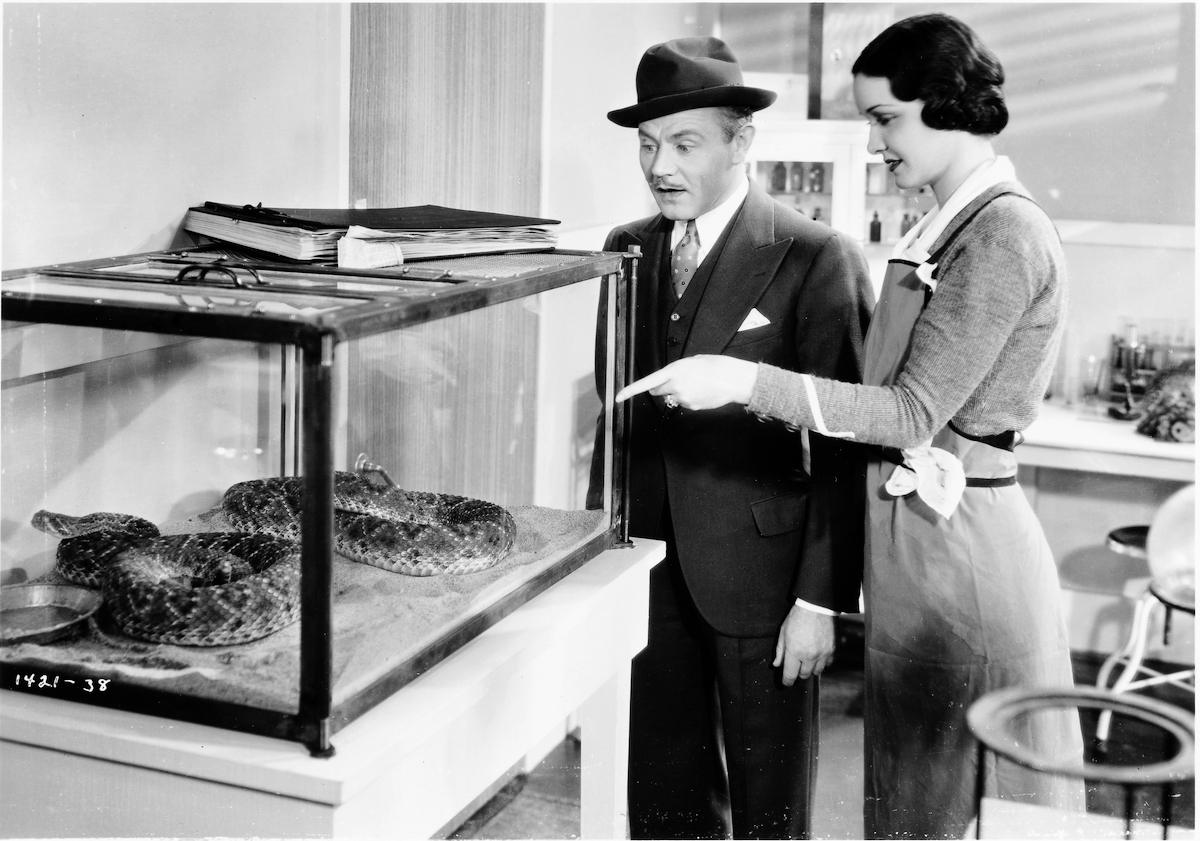

The wealthy but unscrupulous patron of a zoo uses its animals to wreak revenge on his unfaithful wife…
Co-writer Philip Wylie had also worked on Island of Lost Souls (1932), an adaptation of H.G Wells’s The Island of Doctor Moreau, and although Murders in the Zoo doesn’t achieve the same kind of creepiness, like Island of Lost Souls it does successfully exploit the horror potential of wild animals. Their importance is underlined from the beginning; the movie opens with a shot of the titular zoo’s entrance, followed by a montage of beasts and characters, before taking us on a brief detour to Indo-China (complete with native bearers in coolie hats).
There, despite the movie being “passed by the National Board of Review”, we’re treated to a shot of exceptionally strong horror for the early-1930s—a glimpse of Taylor (Edward Pawley) with his mouth sewn shut, a punishment exacted by the “millionaire sportsman” Gorman (Lionel Atwill) after Taylor had tried to kiss his wife.
The grotesque fate of this suitor does not, however, seem to be deterring the woman herself, Evelyn (Kathleen Burke, who also appeared in Island of Lost Souls), or her real lover Hewitt (John Lodge), with whom she’s planning to elope after securing a divorce from the monstrous Gorman.
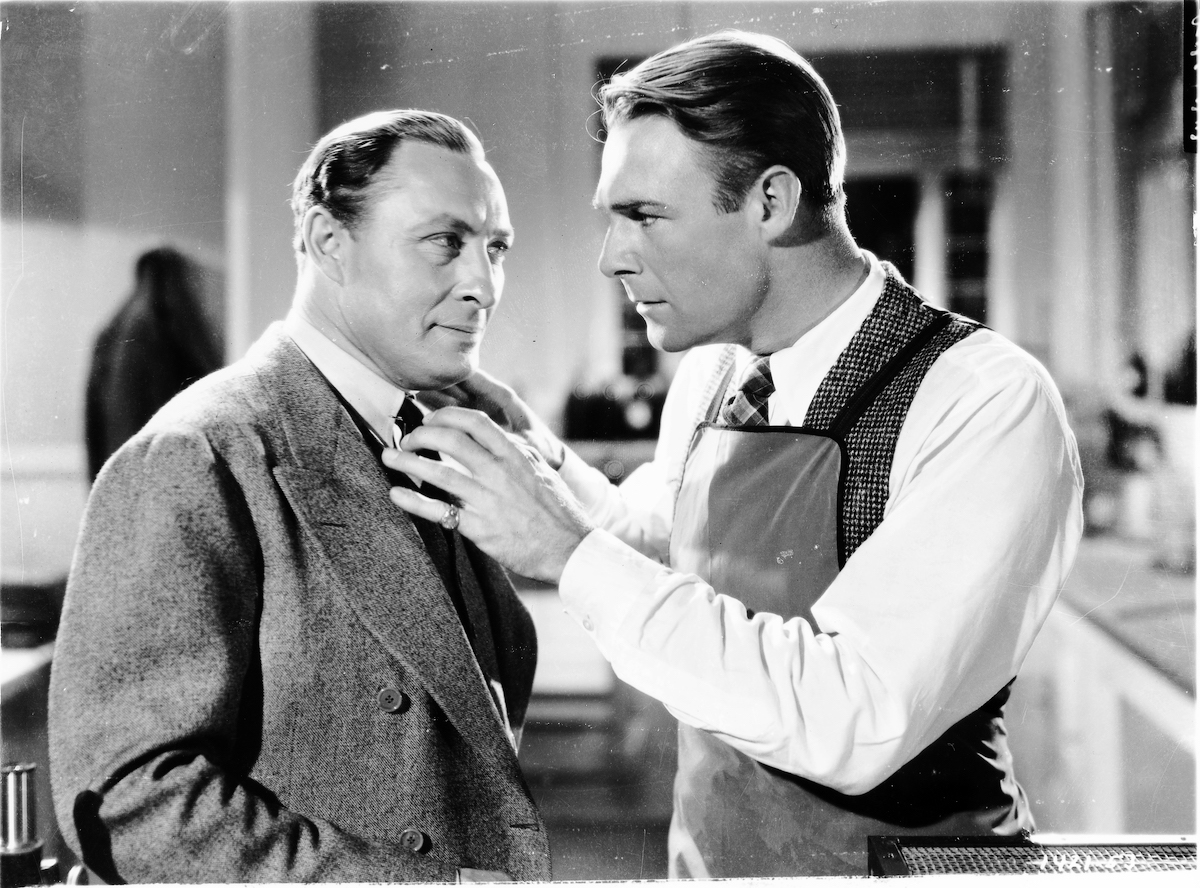
“There’s something peculiar about your husband,” Hewitt remarks to her, and he’ll soon enough discover how right he was, after Gorman invites him to a banquet in the zoo’s Carnivora House, saying “I can promise you a really unusual evening”. Suffice it to say that a poisonous mamba brought back to the zoo by Gorman figures prominently in the event, just as crocodiles, a boa constrictor, and big cats are later unleashed on various characters.
The animals (from the Selig Zoo in Los Angeles, which had been supplying film productions for nearly two decades but was shortly to close) are all at least a little scary, but it’s Gorman—who admires them for “their primitive emotions… they love, they hate, they kill”––who’s the real threat, of course, and Atwill (slightly resembling Vladimir Putin) plays him in suitably sinister fashion. Burke is convincing too, especially when angered, and Charlie Ruggles as the zoo’s press agent is amusing; he’s nervous of animals and, for once, this comic relief works rather well.
As so often in these films, there are a few too many characters. For example, the plot doesn’t really require both Dr Woodford (Randolph Scott), a young biochemist and toxicologist, and hisfiancée (Gail Patrick); the professor in charge of the zoo (Harry Beresford) is also a bit superfluous.
But there are some nice directorial touches like a shot of a lipstick-stained coffee cup in Hewitt’s apartment signifying the peril he’s in, and at the Carnivora House banquet a witty dissolve from soup to nuts (literally). These all help give Murders in the Zoo a degree of smartness without detracting from the rawer horror provided by the sadistic, megalomaniac Gorman and the numerous ravenous animals.
USA | 1933 | 62 MINUTES | 1.33:1 | BLACK & WHITE | ENGLISH
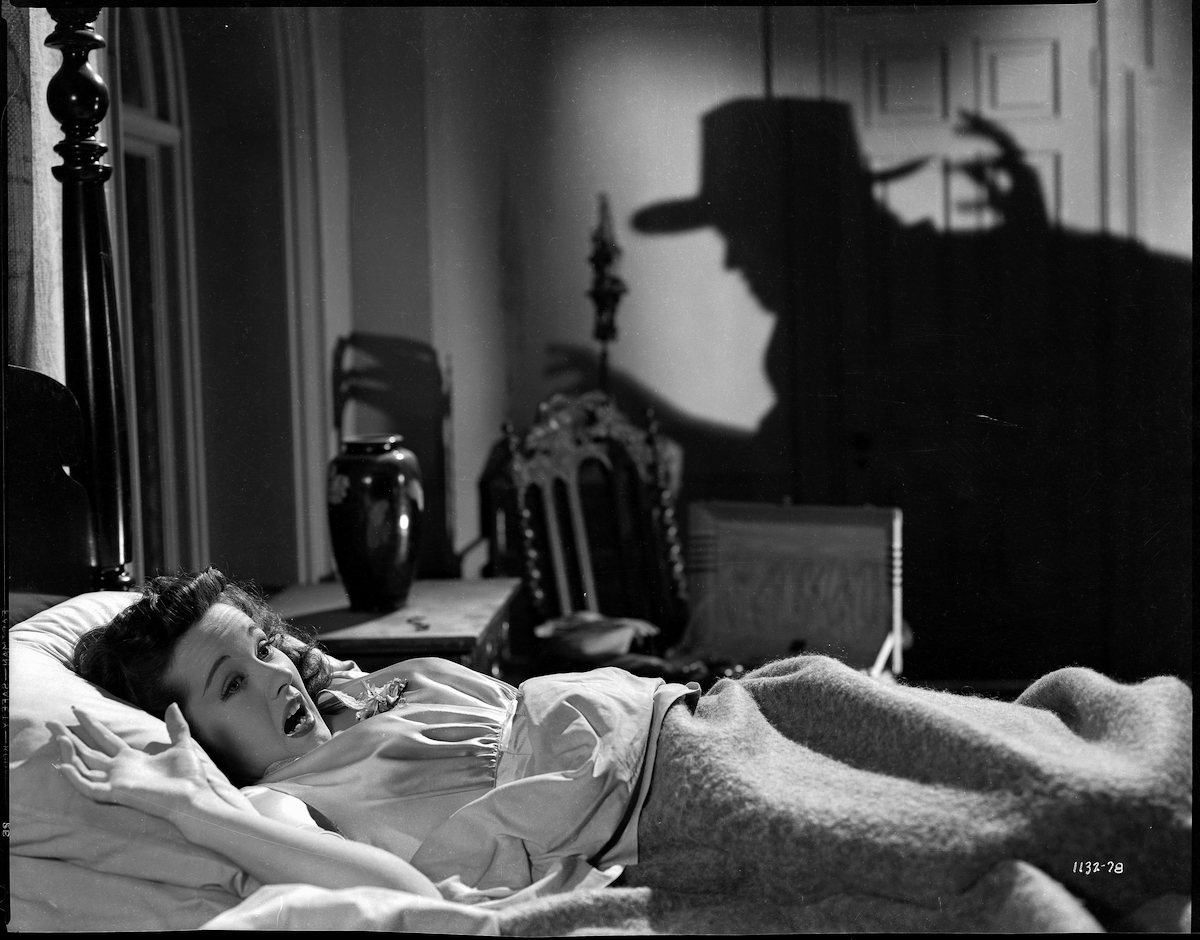

Tourists expecting giggles at a “haunted” Floridian castle get more than they bargained for…
The character names in Horror Island—Tobias Clump, Stuff Oliver, and a cop called McGoon—make it clear the comical elements of this lightweight exercise are closer to the filmmakers’ hearts than its rather thin horror, and indeed it never makes more than a token effort to chill.
The opening might lead you to expect something different: the first shot shows two legs, one of them wooden, and soon we see a drunken sailor progressing along the street, stalked by a cloaked figure. Before long the atmosphere turns much jollier, however, with the introduction of Bill Martin (Dick Foran) and his sidekick Stuff (Fuzzy Knight). Bill’s a young Ivy League graduate who has been trying–and failing—to make his fortune through a series of business ventures; his latest idea is condensed turkey stuffing.
But then the one-legged sailor Clump (Leo Carillo) offers him a share of $20M in Spanish treasure which is, he claims, concealed on an island off the coast of Florida that Bill happens to own. The figure pursuing Clump at the beginning had been attempting to steal the map to this treasure (and, implausibly though necessarily for the plot, had managed to obtain just part of it).
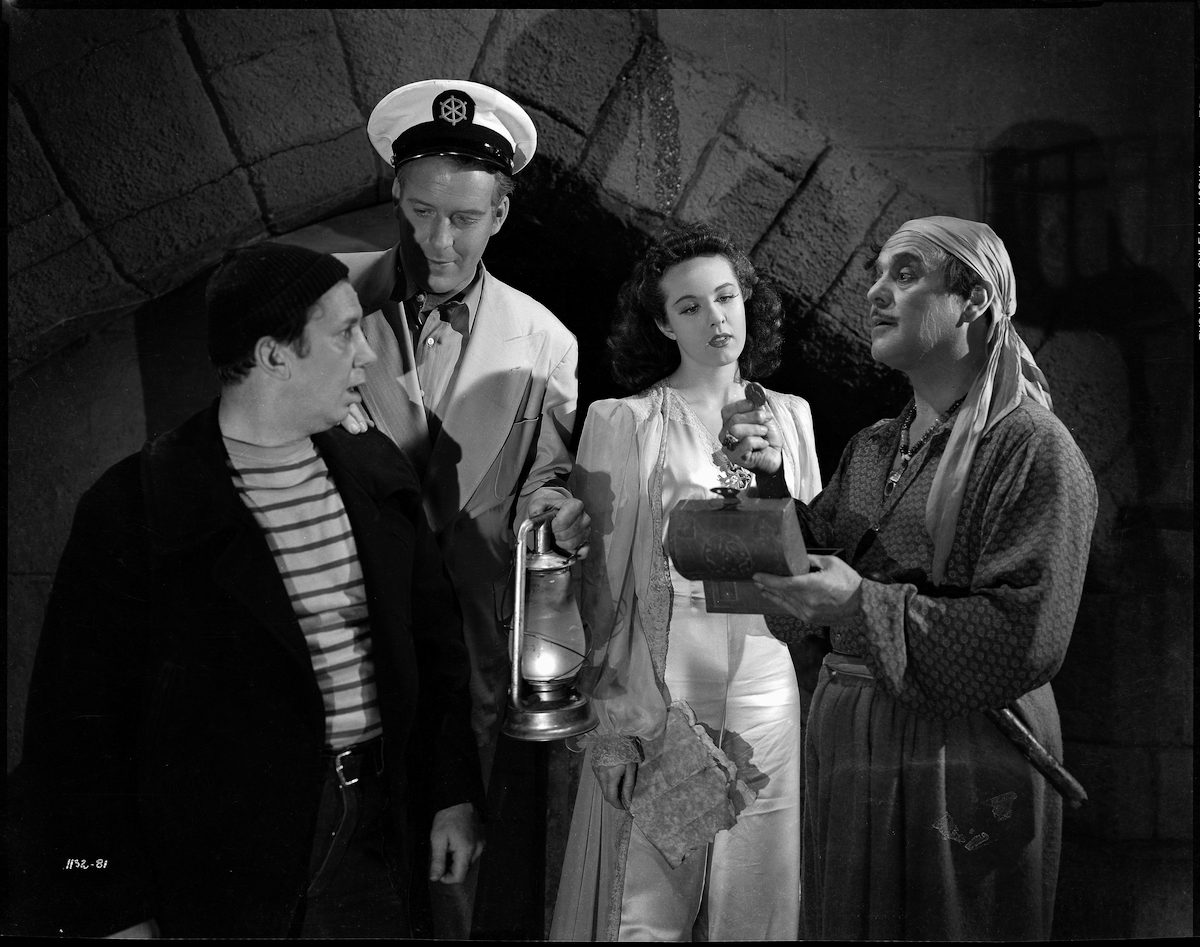
A cartographic expert (Hobart Cavanaugh), however, tells Bill that the map is a fake. And so Bill and Stuff decide, instead, to set up a business offering ghost-and-treasure tours of the island for tourists. On their first expedition are, among others, Bill’s cousin George (John Eldredge); a thin-faced gangster (Ralf Harolde) and his wife (Iris Adrian); a wealthy young woman (Peggy Moran) and her companion (Lewis Howard); and the policeman McGoon (Walter Catlett), eager to prove there are no ghosts and that advertising for the tour is therefore illegal.
Most of the action then takes place in a castle on the island, where the group find not only the horror tropes you might expect—suits of armour coming to life, a lurking presence known as the Phantom, the iron maiden that figures in so many dungeon scenes of the period—but also a room full of audio equipment, and Horror Island has good-natured fun with the confusion between Stuff’s “scary” sound effects designed to spook the tourists and the real scares of the castle.
The acting in some scenes (not to mention Clump’s costume and his hammy cod-European accent) is at school play level, but a few individuals stand out: Cavanaugh’s prissily excitable cartographer, the mournful Carillo, Adrian as the gangster’s wife, and above all the overtly camp Howard, who we cannot believe is interested in Moran’s heroine for anything more than her money.
There are too many characters and far too much plot, and it’s all very predictable, right down to individual lines in the script (“the masquerade is over…”, “very smart [but] not smart enough…”). Still, Horror Island is impossible to really dislike, because its ambitions are so cheerfully low.
USA | 1941 | 60 MINUTES | 1.37:1 | BLACK & WHITE | ENGLISH
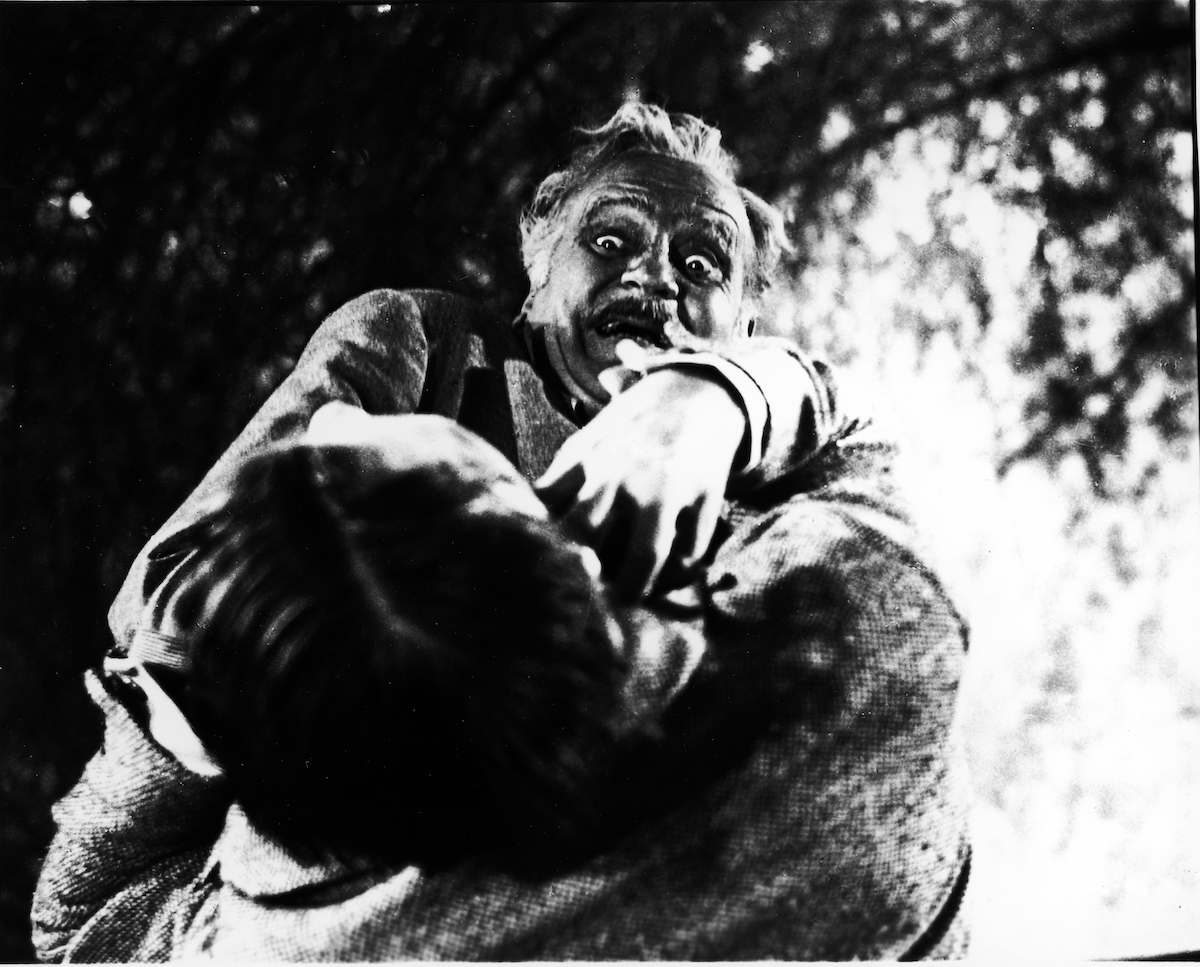

After the guests at Ingston Towers witness an inexplicable display of an apparently paranormal feat, someone—or something—starts to hunt them…
Lionel Atwill appears again in Night Monster, this time as one of a number of doctors who have tried—but failed—to cure the wealthy Ingston (Ralph Morgan), left by illness as “a misshapen thing”.
Shot in just 11 days, Night Monster starts atmospherically enough, with Ingston’s sister Margaret (Fay Helm) commenting on the housekeeper trying to scrub out blood from the floor of the mansion, and claiming there’s a plot to convince her she’s mad. Everyone seems to talk about there being something wrong at Ingston Towers; there’s a hint of the supernatural as even the frogs at nearby Pollard Slough are known to stop croaking whenever a certain gate opens and a figure emerges.
Certainly, there are some ideas here which, if not entirely original, add a bit of interest to the hokum story. B Movie writers of the period were adept at dressing up stock characters and plots with new details and new settings. A scene where the Indian mystic Singh (a turbanned Nils Asther) creates from thin air a skeleton dripping blood, by changing the vibrations of cosmic essence (as you do), also has a certain power; and there’s one impactful and memorable shot of a hand, in the horror tradition of severed body parts.
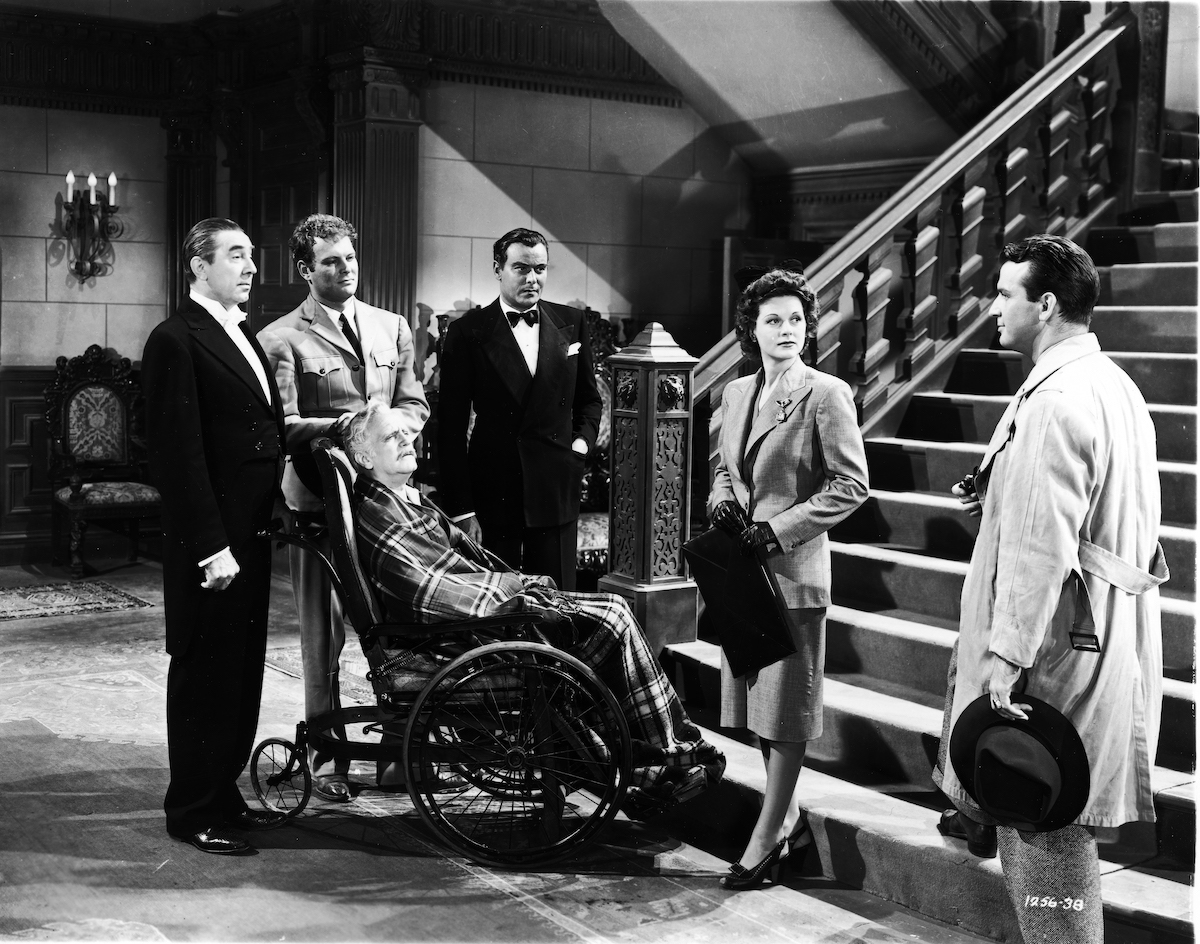
All this is contrasted, as well, with a more rationalist approach exemplified by the lady psychiatrist Dr Harper (Irene Hervey) and her companion, crime writer Baldwin (Don Porter); there’s much calling for scientific proof, much discussion of the “study of the mind” and “how little we know of its powers”. “Personally, I’m rather sceptical of these curses,” says one character.
However, once the guests at Ingston Towers begin to meet horrible fates, it becomes clear all this talk was only an attempt to add an intellectual veneer to a familiar story of an evil genius exacting revenge on those he holds responsible for his misfortunes. The house is described breathlessly as the “breeding spot of hatred… insane hatred… revenge… murder!”, the whole thing is told using lots of foggy nighttime shots, and there’s the inevitable secret panel.
Bela Lugosi is barely used as Ingston’s butler, though Janet Shaw stands out as a sassy, characterful maid, and Francis Pierlot is droll as a doctor obsessed with glands. Leif Erickson, later to star in the TV series The High Chaparral (1967-1971), gives a clumsy and grinning performance as a chauffeur.
USA | 1942 | 73 MINUTES | 1.37:1 | BLACK & WHITE | ENGLISH
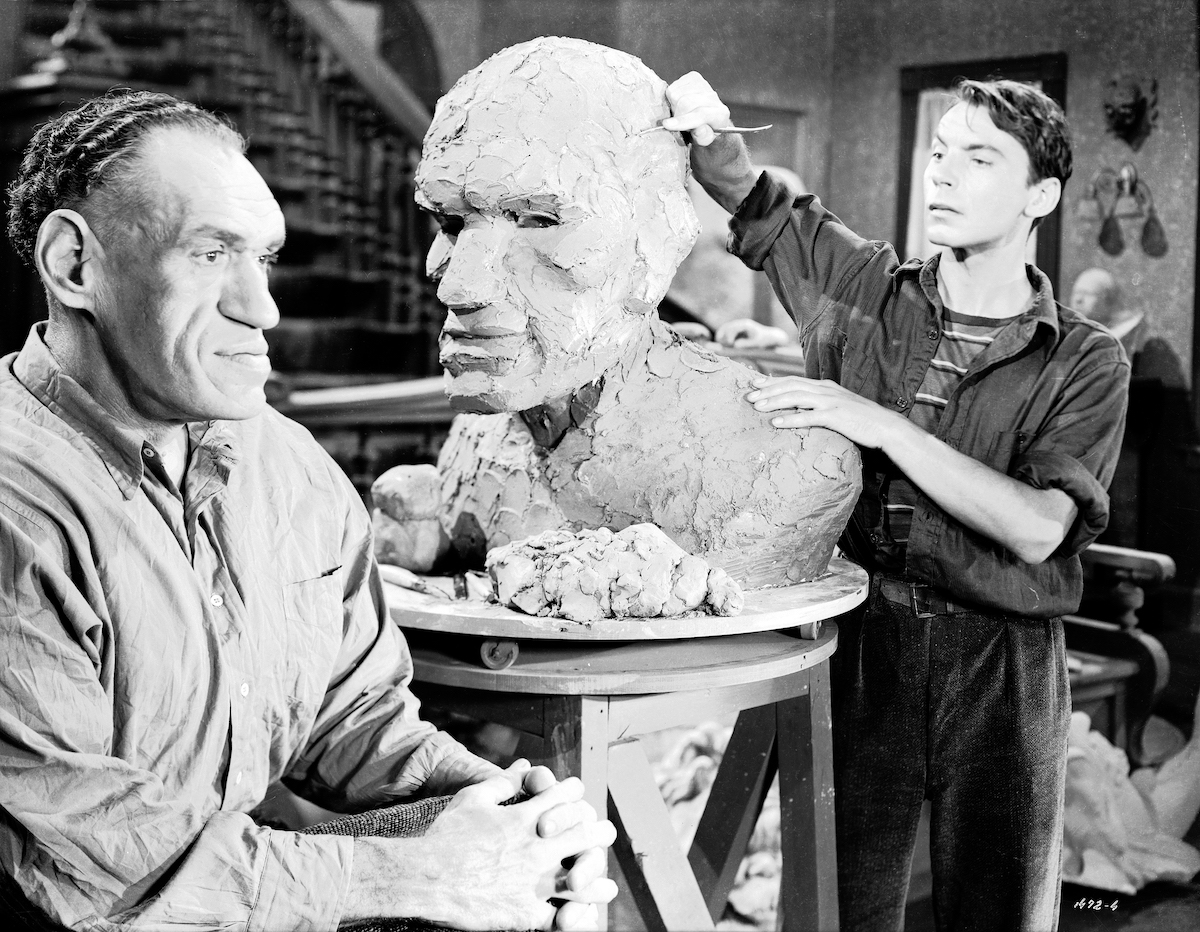

An artist and a serial killer form an unlikely, and deadly, friendship…
Despite its generic, picked-from-a-hat title (there isn’t actually a single house as such in the movie at all), House of Horrors is the strongest of the four films in Eureka’s Creeping Horror set—-thanks in large part to compelling performances by Martin Kosleck as the struggling sculptor who seems sympathetic at first but turns maniacally murderous, and Rondo Hatton as his lumbering, simple-minded assassin.
Slightly disturbing busts in the studio of sculptor Marcel de Lange (Kosleck) should perhaps give the game away early on, but he comes across as amiable, and we even feel sorry for him when a customer rejects his work at the insistence of the snooty art critic Harmon (Alan Napier). Broke and despondent, de Lange is about to throw himself in the river when he sees a figure trying to climb from the water and instead rescues him.
This is the Creeper (Hatton), a brutish serial killer given to breaking spines who nevertheless becomes attached to his saviour de Lange; “you ain’t afraid of me?” the Creeper asks wonderingly. De Lange sees him as “magnifique, the perfect Neanderthal man” and plans to astound the art world with a sculpture of the Creeper’s striking facial features.
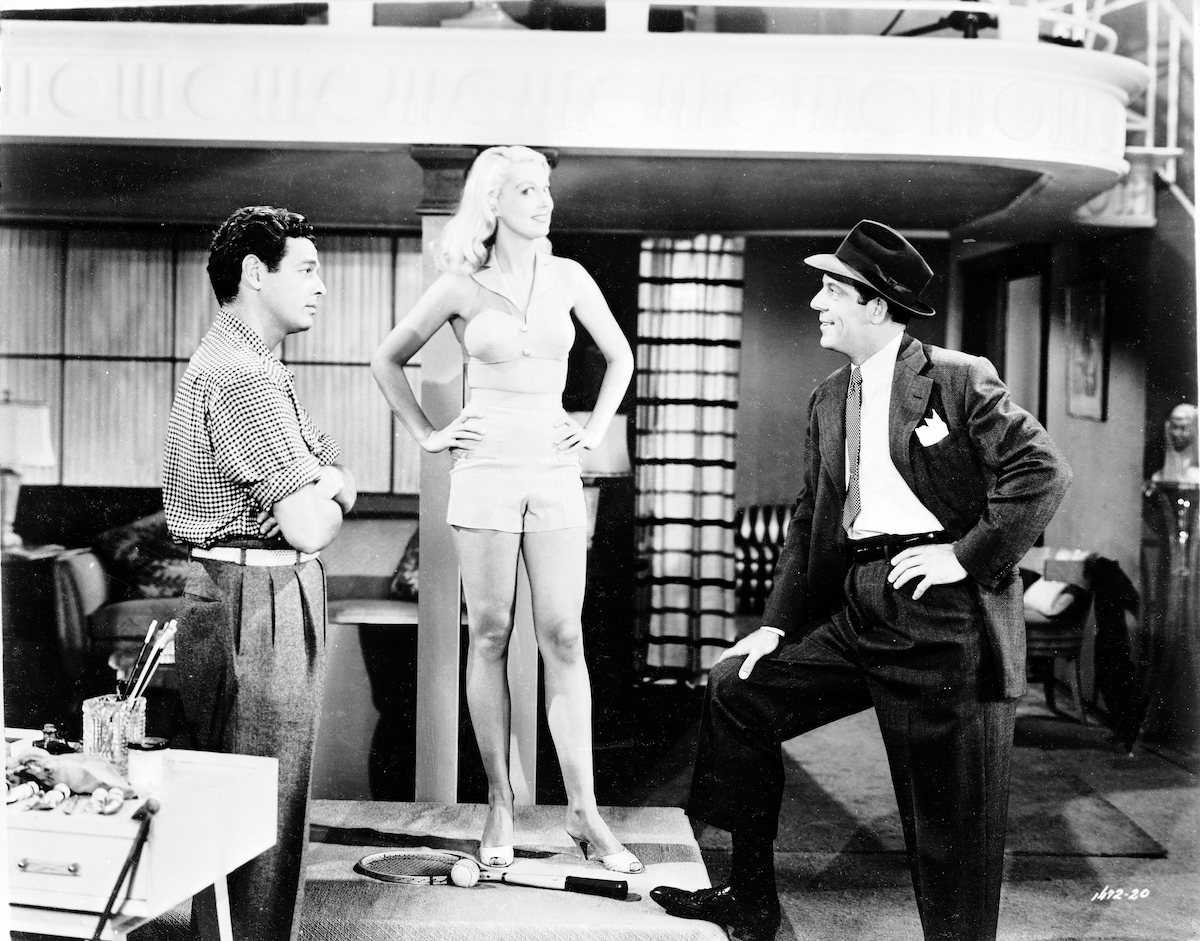
Their friendship, though, develops in a direction de Lange hadn’t seemed to expect but certainly welcomes, when the Creeper turns out to be biddably homicidal; de Lange has only to mention the name of an art critic who has disrespected him, and the Creeper shuffles off for some spine-breaking (depicted with shadows). Perhaps there was a foreshadowing of this, earlier, when de Lange–unable to afford meat for his cat—encouraged the hungry animal to catch mice. Certainly, there’s something of an owner-pet relationship between the sculptor and the killer.
Meanwhile, in the more conventional parts of the storyline, reporter Joan (Virginia Grey) is edging uncomfortably close to the truth about de Lange and his new house guest, while the cheesecake artist Steven (Robert Lowery)—with whom she’s friendly— is falling under suspicion for the murders actually committed by the Creeper.
For once every character, even Steven’s blonde model (Joan Shawley), serves a real purpose and there are many strong performances in House of Horror, including those from Napier as the arrogant Harmon, Howard Freeman entertainingly overdoing it as another art critic, and Bill Goodwin as a wisecracking detective. Medford, crucial to the storyline as the link between the two artists de Lange and Steven, is also more credible than many women in horror movies of the period.
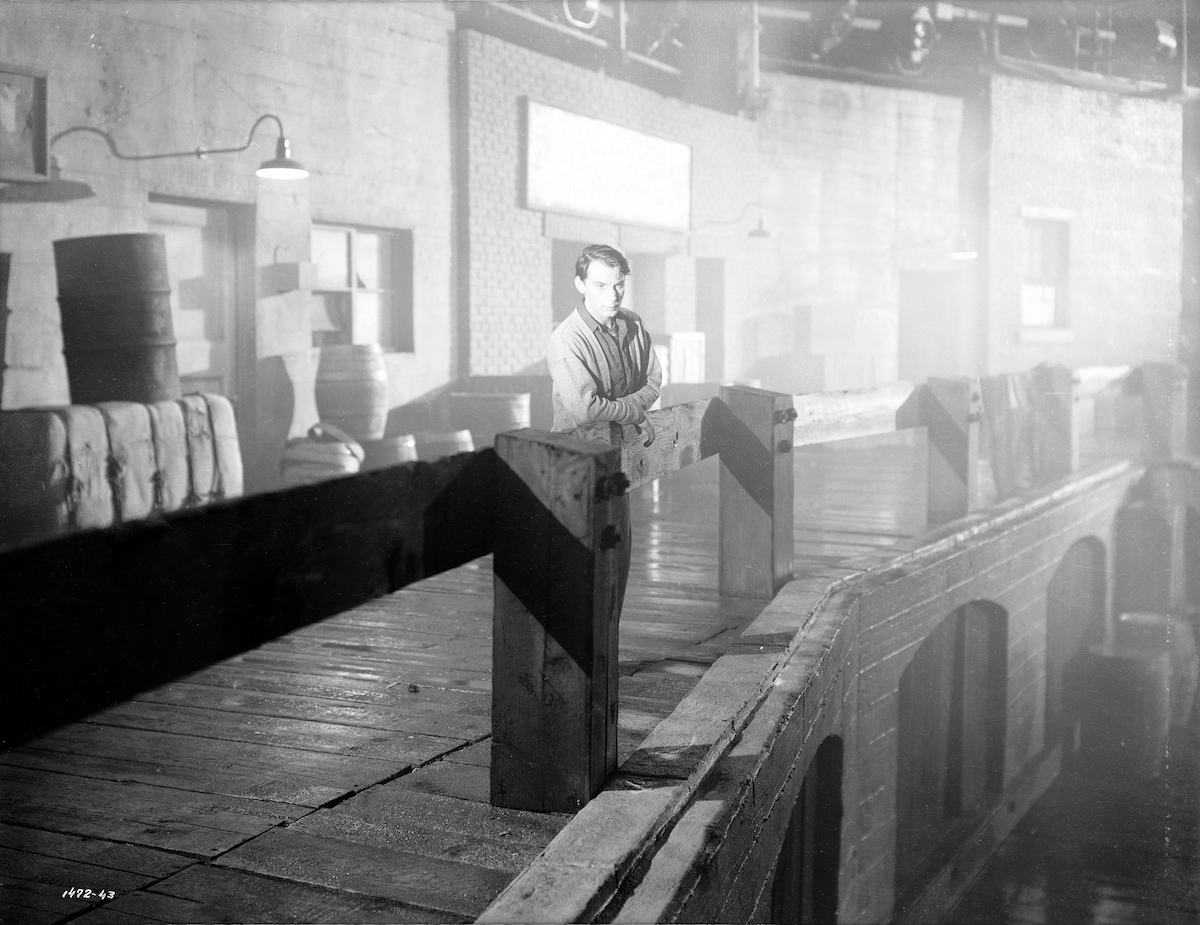
But it is Kosleck’s de Lange, never quite losing his pleasant charisma even as he grows unhinged, and above all Hatton’s Creeper who sticks in the mind.
Hatton suffered from the condition acromegaly, giving him an abnormally large face with a very prominent forehead, nose and lips. As a result, he was (of course) typecast and had indeed played a rather similar role as Mario the Monster Man in The Spider Woman Strikes Back that very year. He manages in House of Horrors, though, to make the Creeper far more than a man-beast, giving him an almost sad quality that recalls Frankenstein’s monster. He’d also played a character known as the Creeper in The Pearl of Death (1944), albeit in the Victorian London of Sherlock Holmes, and would make one more Creeper movie in 1946 before dying from medical issues related to his condition, only in his early fifties.
Direction by Jean Yarbrough (a man) is also subtle at many times, especially in the repeated appearances of de Lange’s cat and with the use of shadows in the corridors of the critic Harmon’s office building. House of Horrors mounts up to a real sense of threat by the end, and this film (unrelated to the 1929 horror-comedy The House of Horror) deserves a greater reputation than it has.
USA | 1946 | 65 MINUTES | 1.37:1 | BLACK & WHITE | ENGLISH


directors: ‘Murders in the Zoo’: A. Edward Sutherland. ‘Horror Island’: George Waggner. ‘Night Monster’: Ford Beebe. ‘House of Horrors’: Jean Yarbrough.
writers: ‘Murders in the Zoo‘: Philip Wylie & Seton I. Miller. ‘Horror Island’: Maurice Tombragel & Victor McLeod (based on ‘Terror of the South Seas’ by Alex Gottlieb). ‘Night Monster’: Clarence Upson Young. ‘House of Horrors’: George Bricker & Dwight V. Babcock.
starring: ‘Murders in the Zoo‘: Charlie Ruggles, Lionel Atwill, Gail Patrick & Randolph Scott. ‘Horror Island’: Dick Foran, Leo Carrillo, Peggy Moran & Fuzzy Knight. ‘Night Monster’: Ralph Morgan, Irene Hervey, Don Porter, Fay Helm & Bela Lugosi. ‘House of Horrors’: Rondo Hatton, Martin Kosleck, Robert Lowery, & Virginia Grey.
